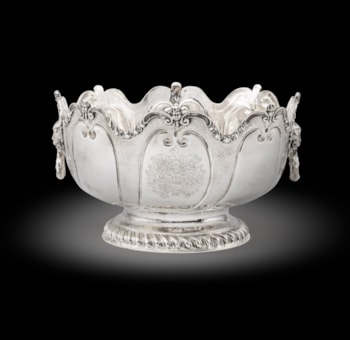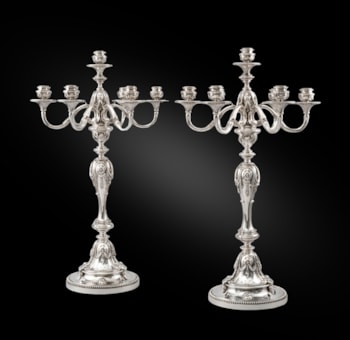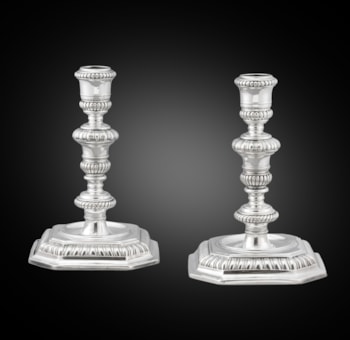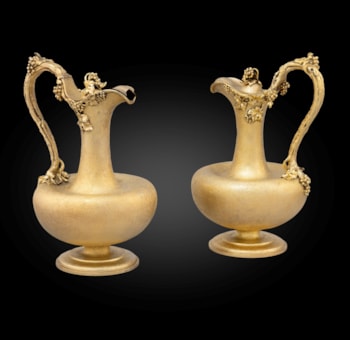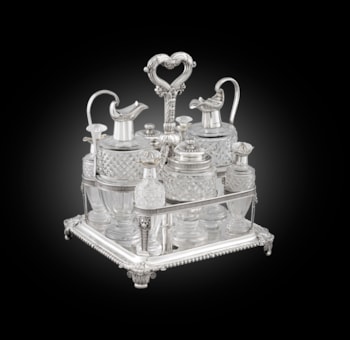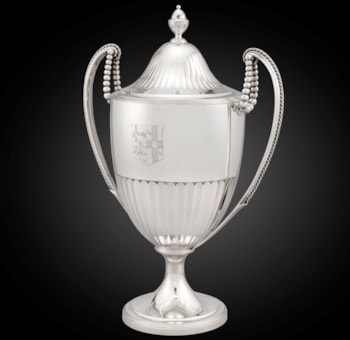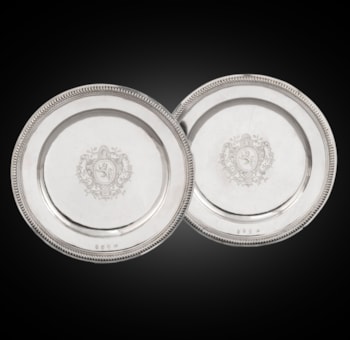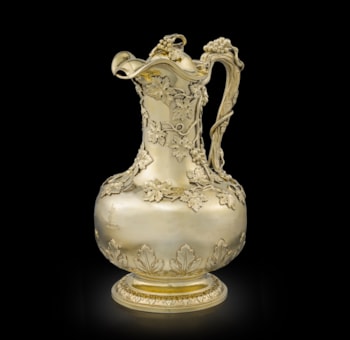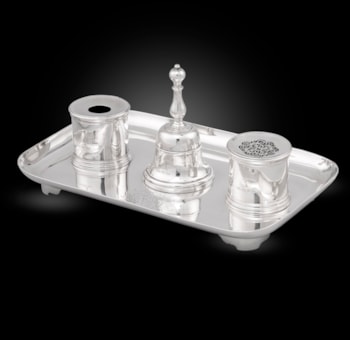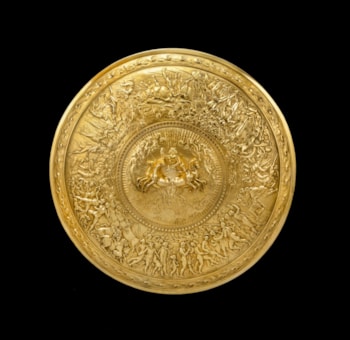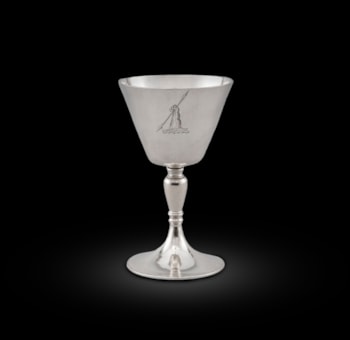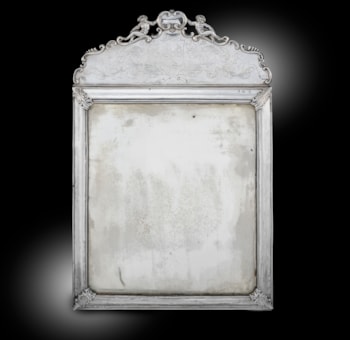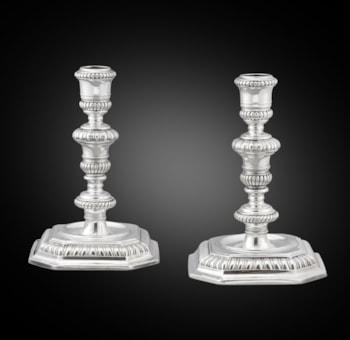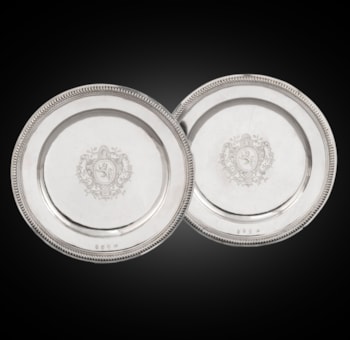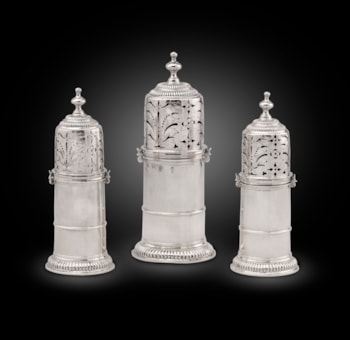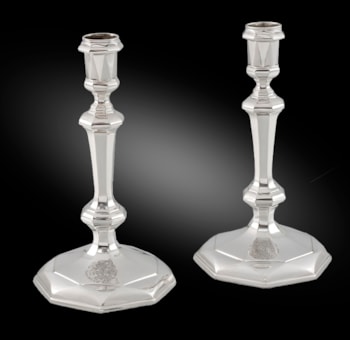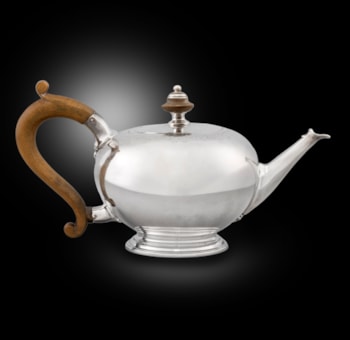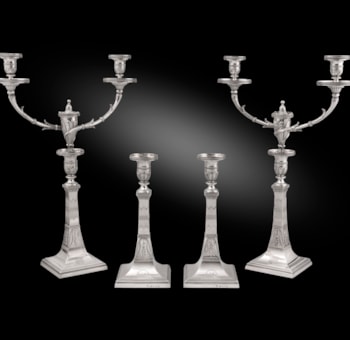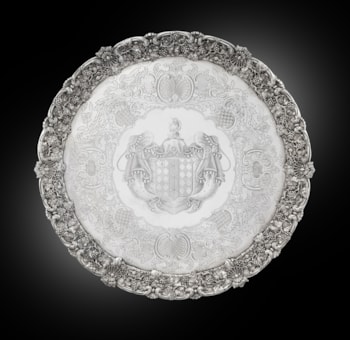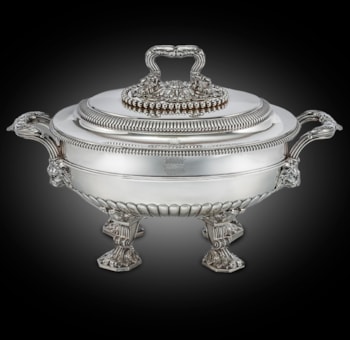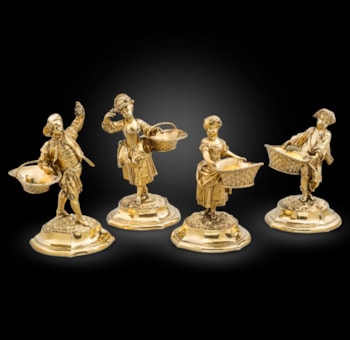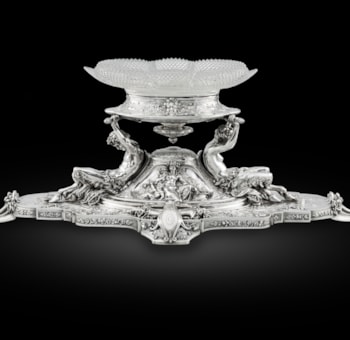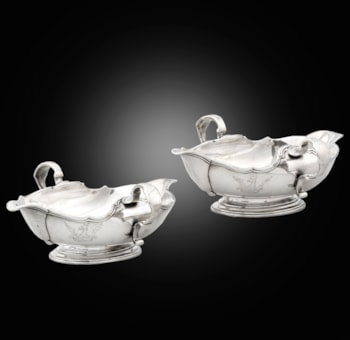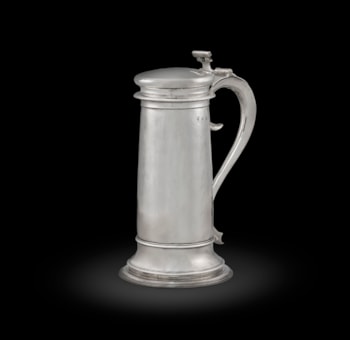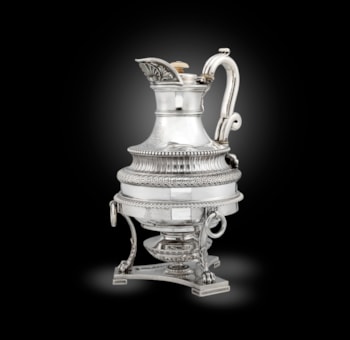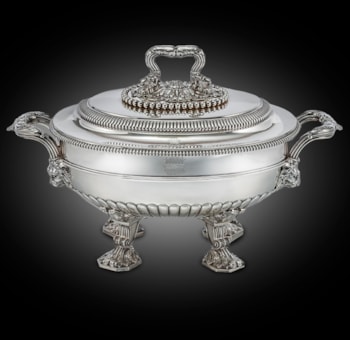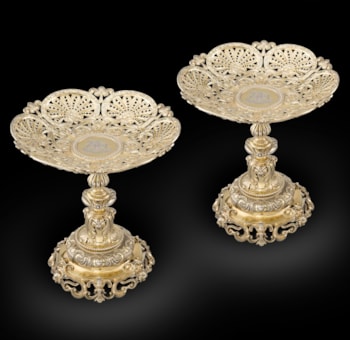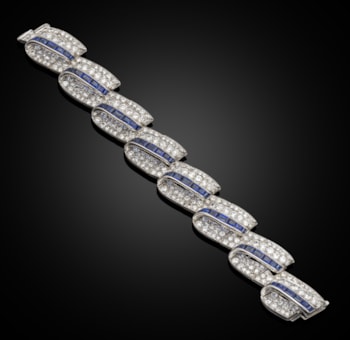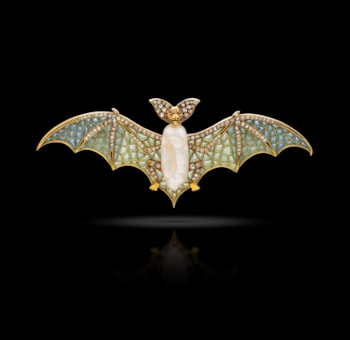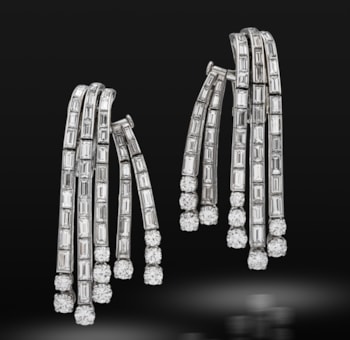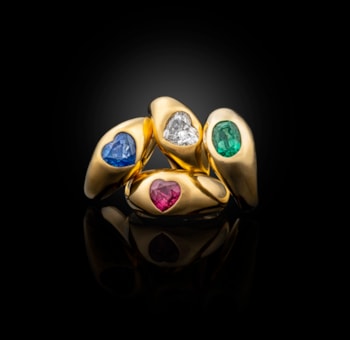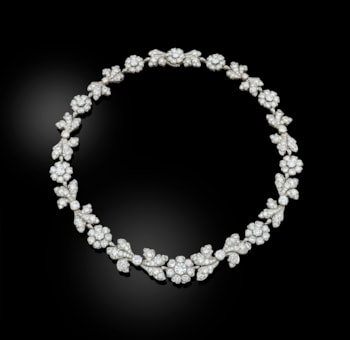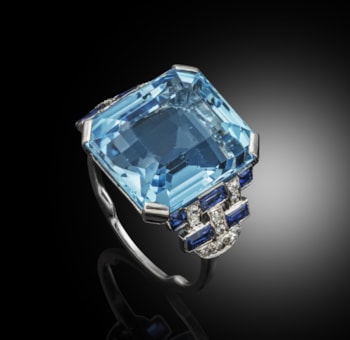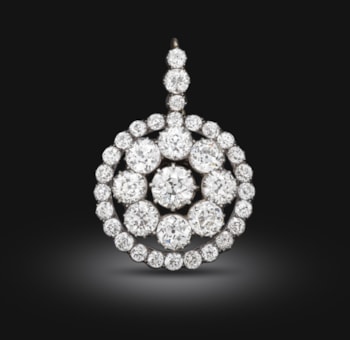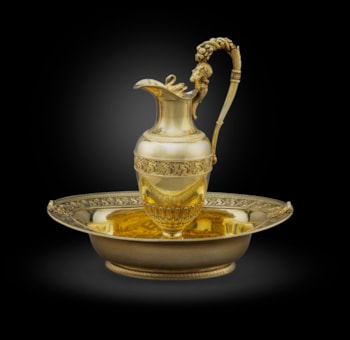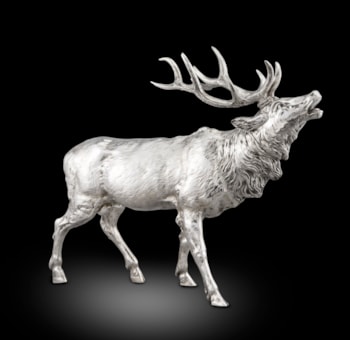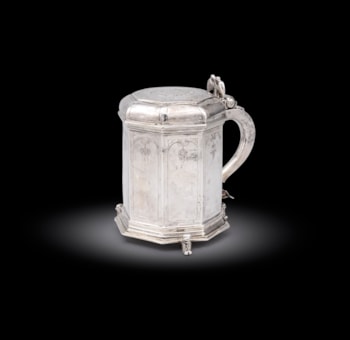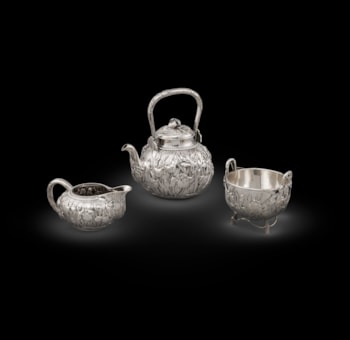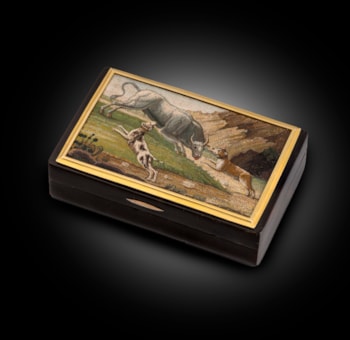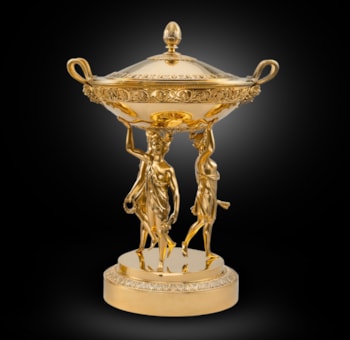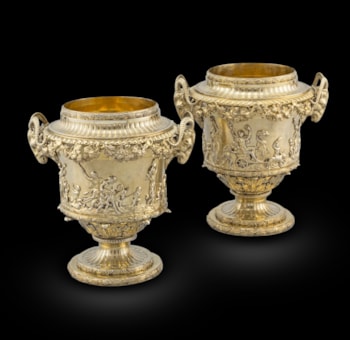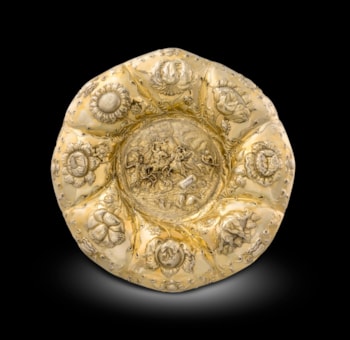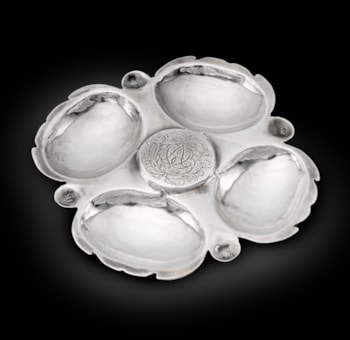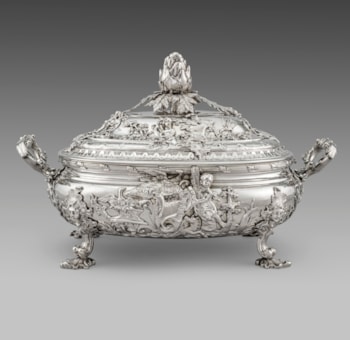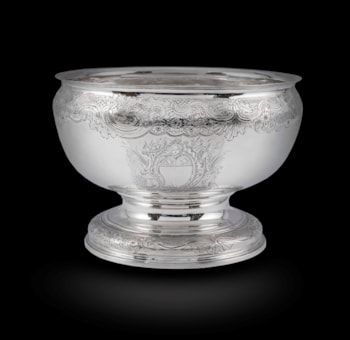 BACK TO LIST
BACK TO LIST
Directors Choice – A Plethora of Temptations for a House of Treasure
Gold boxes have always played a long and important role in fashion, self-promotion, diplomacy and collecting. Often, they were used as a currency for their monetary value and the status they could embody. Their practical purpose was usually secondary, and of course they were a source of fascination.
The term tabatière or tabaquière (snuff box) appeared in French as early as 1650 but the term ‘gold box’ was used to express these magnificent vessels since the eighteenth century. They were not necessarily entirely made of gold, with other mediums such as hardstones, semi-precious and precious stones, enamels, wood, ivory, tortoiseshell, and rock crystal also often incorporated in the splendid design of these boxes.
Gold boxes were produced prior to the eighteenth century but it was the fashion of taking snuff, popularised in the second half of the seventeenth century, that necessitated the development of a container specifically for its use.
These boxes even superseded the boites à portrait as the ultimate royal gift as they were of such luxurious nature that they became the height of fashion throughout eighteenth-century Europe. The boites à portrait was a jewelled portrait of the monarch usually enamelled and was presented to the highest ranks of society - princes, ambassadors, members of nobility, distinguished statesman and even artists.
Incorporating all the skills of the goldsmith to decorate these wonderous pieces of perfection they included chasing, piqué, turning, enamelling, cutting, and inlaying of precious stones and a dazzling array of wonderous hardstones too. The requirement was simple; a neat and beautiful object to be held in the hand, or to be taken out of a pocket to be shown to others.
These could be pocket boxes, table boxes to be shared or even smaller boxes to contain just one days’ worth of snuff (journée). There were presentation boxes such as the most famous produced by Frederick the Great in Prussia, boites à mouches that contained patches for decoration, bonbonnières which held confectionary or dried fruits, carnet-de-bals used at ballrooms to inscribe your next dance partner, etuis for bodkins, sealing wax cases for important letters or documents, nécessaires for your grooming, freedom boxes presented in recognition of an achievement to a city or nation and micromosaic boxes made to hold souvenirs of the Grand Tour to Rome and the Vatican. An individual of taste should consider a box for each day of the year, a heavy one for winter and a lighter one for summer, wrote Louis-Sebastian Mercier in 1782.
The variety of uses and requirements of course piqued the interest of the collector. There were many accounts of fabulous collections in the eighteenth century but whether they were true collections or an accumulation of boxes for reasons of fashion or promotion is a paper in itself. Frederick the Great of Prussia was reputed to have owned as many as 1500. It was the early nineteenth century that saw collecting gold snuffboxes in the contemporary sense become fashionable. In England the principal collectors followed the lead of the Prince Regent, later George IV. They were more interested in their artistic, historical or even their commercial value rather than their use. Many of those great collections are well documented and admired. The Rothchild’s collection at Waddesdon Manor, the Wallace collection in Manchester Square and the Gilbert collection housed at the Victoria and Albert Museum here in England are just a few of these great collections. The royal households, museums and private collections around the world continue to lure the next generation of collector and we look forward to meeting you at the forthcoming Treasure House Fair.
The term tabatière or tabaquière (snuff box) appeared in French as early as 1650 but the term ‘gold box’ was used to express these magnificent vessels since the eighteenth century. They were not necessarily entirely made of gold, with other mediums such as hardstones, semi-precious and precious stones, enamels, wood, ivory, tortoiseshell, and rock crystal also often incorporated in the splendid design of these boxes.
Gold boxes were produced prior to the eighteenth century but it was the fashion of taking snuff, popularised in the second half of the seventeenth century, that necessitated the development of a container specifically for its use.
These boxes even superseded the boites à portrait as the ultimate royal gift as they were of such luxurious nature that they became the height of fashion throughout eighteenth-century Europe. The boites à portrait was a jewelled portrait of the monarch usually enamelled and was presented to the highest ranks of society - princes, ambassadors, members of nobility, distinguished statesman and even artists.
Incorporating all the skills of the goldsmith to decorate these wonderous pieces of perfection they included chasing, piqué, turning, enamelling, cutting, and inlaying of precious stones and a dazzling array of wonderous hardstones too. The requirement was simple; a neat and beautiful object to be held in the hand, or to be taken out of a pocket to be shown to others.
These could be pocket boxes, table boxes to be shared or even smaller boxes to contain just one days’ worth of snuff (journée). There were presentation boxes such as the most famous produced by Frederick the Great in Prussia, boites à mouches that contained patches for decoration, bonbonnières which held confectionary or dried fruits, carnet-de-bals used at ballrooms to inscribe your next dance partner, etuis for bodkins, sealing wax cases for important letters or documents, nécessaires for your grooming, freedom boxes presented in recognition of an achievement to a city or nation and micromosaic boxes made to hold souvenirs of the Grand Tour to Rome and the Vatican. An individual of taste should consider a box for each day of the year, a heavy one for winter and a lighter one for summer, wrote Louis-Sebastian Mercier in 1782.
The variety of uses and requirements of course piqued the interest of the collector. There were many accounts of fabulous collections in the eighteenth century but whether they were true collections or an accumulation of boxes for reasons of fashion or promotion is a paper in itself. Frederick the Great of Prussia was reputed to have owned as many as 1500. It was the early nineteenth century that saw collecting gold snuffboxes in the contemporary sense become fashionable. In England the principal collectors followed the lead of the Prince Regent, later George IV. They were more interested in their artistic, historical or even their commercial value rather than their use. Many of those great collections are well documented and admired. The Rothchild’s collection at Waddesdon Manor, the Wallace collection in Manchester Square and the Gilbert collection housed at the Victoria and Albert Museum here in England are just a few of these great collections. The royal households, museums and private collections around the world continue to lure the next generation of collector and we look forward to meeting you at the forthcoming Treasure House Fair.




